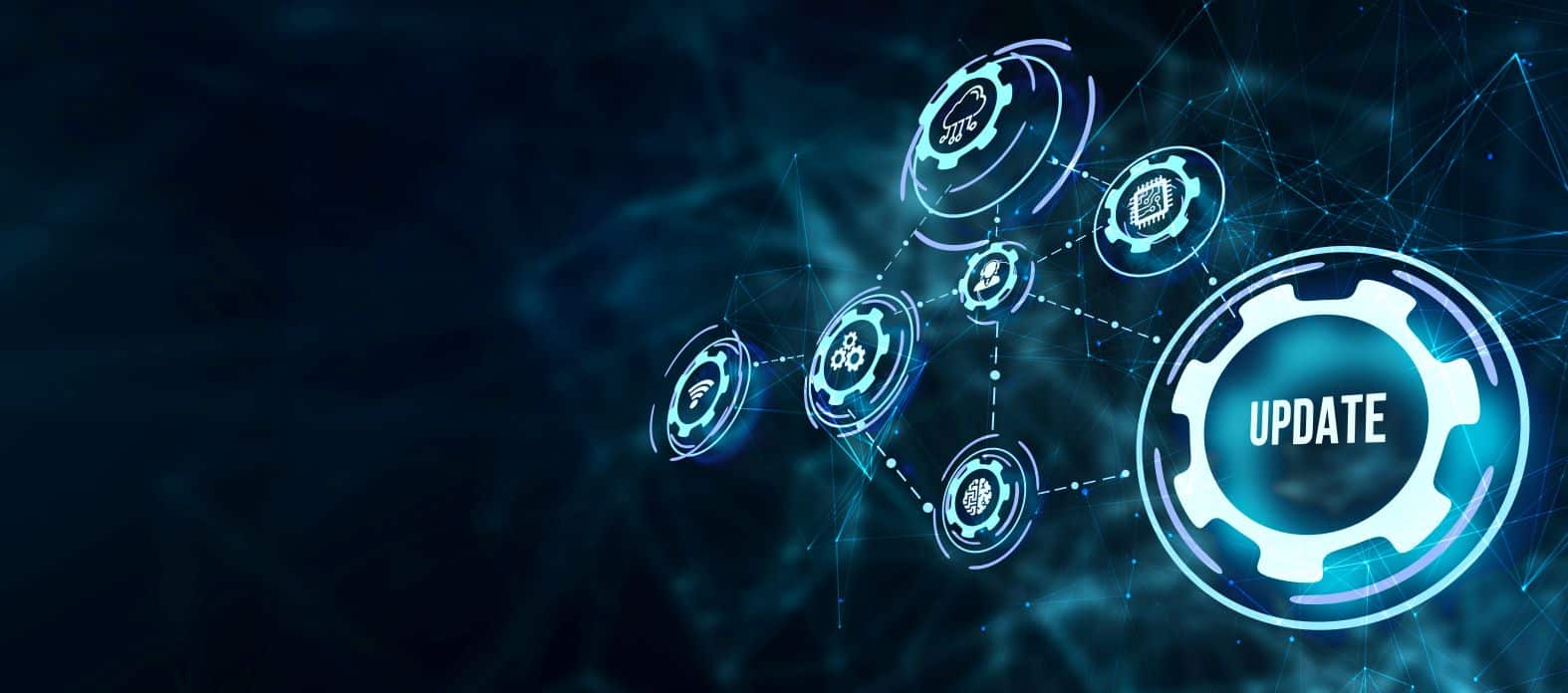
As an IT leader, navigating the complex landscape of patch management solutions can be a daunting task. With the myriad of options available, making the right choice is crucial to maintaining the security, functionality, and efficiency of your systems. This is where the GigaOm Radar analysis comes into play. Offering objective, in-depth insights into the capabilities and performance of various solutions, GigaOm Radar serves as a reliable compass guiding you toward the solution that best meets your unique requirements.
In our two earlier posts, we summarized the factors that GigaOm analysts used to conduct their research — and which may be helpful for you to use, too. In this post, we discuss the “Radar” portion of the GigaOm Radar Report on Patch Management. The Radar is a key artifact that you can use to easily and quickly identify patch management solution leaders. to highlight what you should look for in a patch management solution, some key criteria for evaluating vendor capabilities, and metrics you should consider as you conduct an evaluation.
What’s in the GigaOm Radar for Patch Management?
Overall, the GigaOm Radar for Patch Management report sheds light on the importance of patch management in today’s rapidly digitizing enterprise landscape. It emphasizes the role of automated solutions and vendor maturity in comprehensive and efficient patch management. Automated solutions and vendor maturity helping ensure efficiency, scalability, and reliability. These capabilities and characteristics enable businesses to respond swiftly to vulnerabilities and software updates, thereby safeguarding an enterprise’s integrity and functionality in an increasingly digital landscape.
In addition to these factors, the GigaOm Radar also highlights the convergence of patch management and vulnerability management, including assessing and prioritizing vulnerabilities, reporting and analytics, integration with other tools, and support for different operating systems. Ultimately, this underscored Syxsense’s belief that businesses need to adopt more holistic, unified approaches to endpoint management and security.
Additionally, the GigaOm Radar also notes how patch management vendors have approached have the critical role of patch management in maintaining compliance with regulatory standards and best practices — mainly, that many vendors now include some reporting and assessment as part of their patch management solutions.
Finally, the GigaOm Radar provides valuable insights and benchmarks for businesses and IT professionals, providing a comprehensive perspective on the current landscape of patch management. With a myriad of charts and graphics, IT leaders can easily identify vendors that may fit their needs and read more about each vendor that participated in the research.
The GigaOm Analyst View: Need for Unity
The GigaOm Radar ends with the “Analyst’s Take.” This section is potentially the most interesting, as the primary analyst, Ron Williams, highlights what many IT leaders know and live: that patch management is often overlooked in favor of more attention-grabbing enterprise concerns. Despite this reality, keeping firmware, operating systems, and software applications up-to-date is crucial in the face of evolving cybersecurity threats.
Furthermore, Williams highlights that the divide between IT operations and security operations can drive longer response times across both teams and, ultimately, increase the risk to the enterprise. Thus, integrating patch and vulnerability functions into a single platform can help bridge the gap. While there are exceptions for specialized needs, platform solutions offer the opportunity to unite security and operations, creating a more efficient and secure environment.
Syxsense, as an automated, continuous vulnerability and patch management platform, aims to improve communication and collaboration between ITOps and SecOps, providing a comprehensive view from a single console. This enables SecOps to more quickly identify potential attack vectors or cyber risks and empowers ITOps to rapidly remediate any issues that are found.
The report states: “The Syxsense Enterprise patching architecture ranks above the norm, as it can be the source of record for devices and can update an existing CMDB. Patch lifecycle management can handle pre and post conditions as well as human-in-the-loop patch management. Patch testing and patch deployment are also standouts as air-gapped systems are supported along with robust deployment automation options. The use of vulnerability and compliance evaluations also makes its patch prioritization stand out.”
Syxsense’s platform offers a comprehensive set of tools for patch management, endpoint management, remote device management, configuration management, asset management, and device experience management. By integrating these functions with automation, orchestration, security vulnerability assessment and compliance, Syxsense enables organizations to effectively protect their endpoints, systems, and data. With Syxsense, the silos between security, compliance, vulnerability management, and patch management can be broken down, leading to a more cohesive and secure environment for the entire company. Schedule a custom demo of Syxsense today to find out how we can help you.
In conclusion, whether you’re an IT professional or a business leader, the GigaOm Radar for Patch Management offers valuable insights and comparisons of different patch management solutions, making it an invaluable resource for bolstering an organization’s infrastructure management and cybersecurity posture. Download a your complimentary report today.







